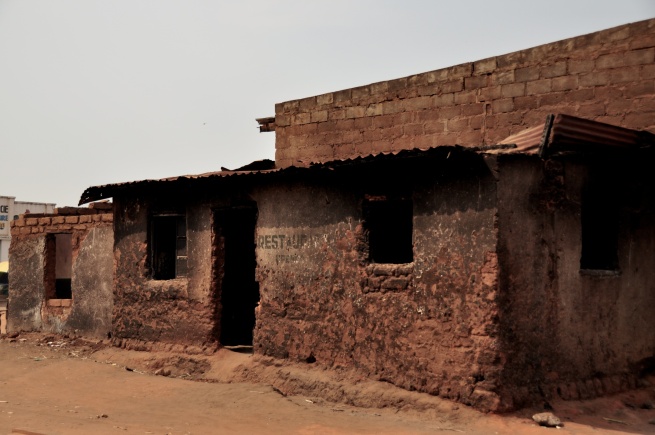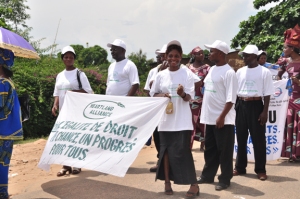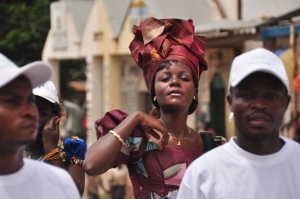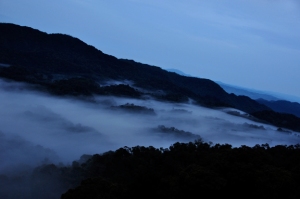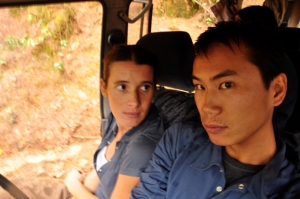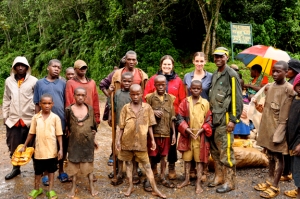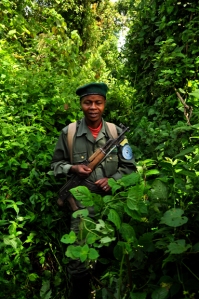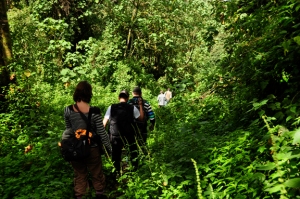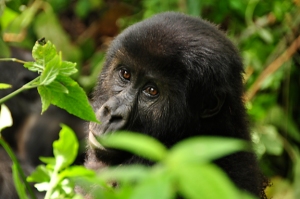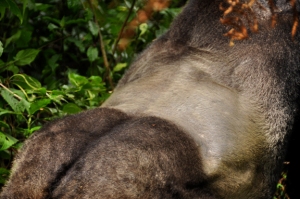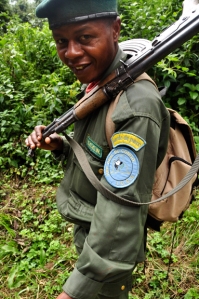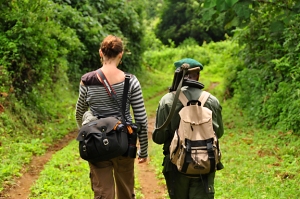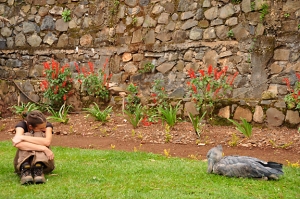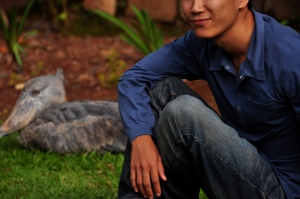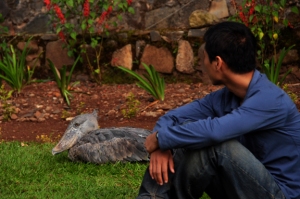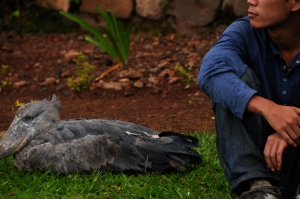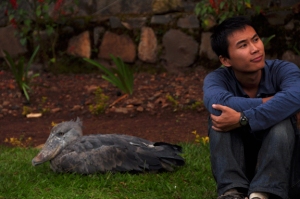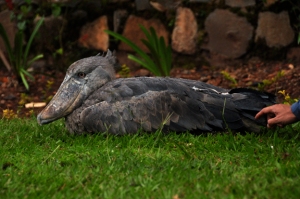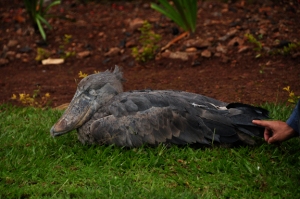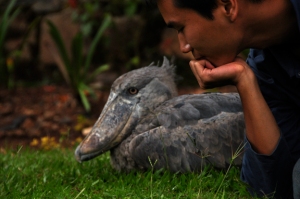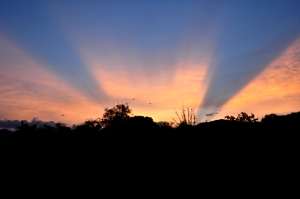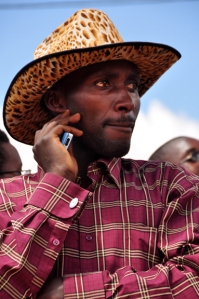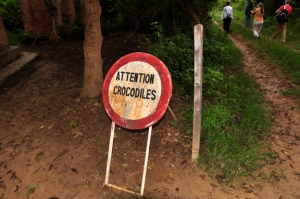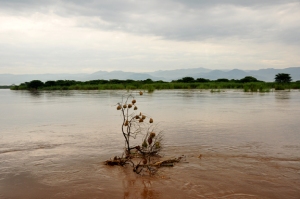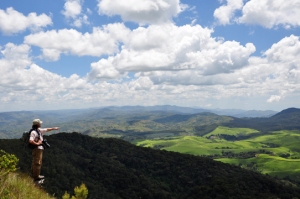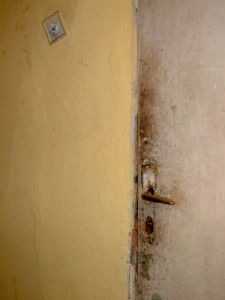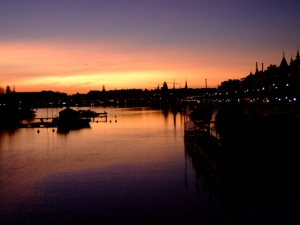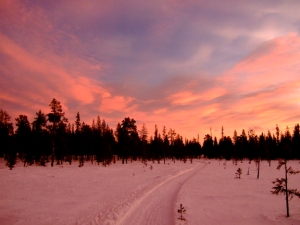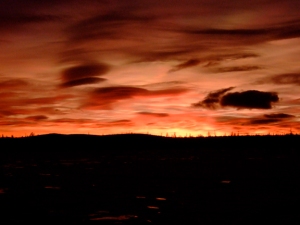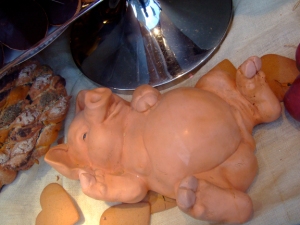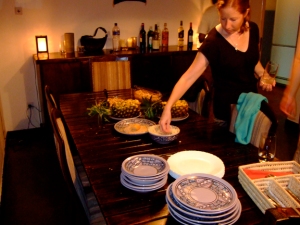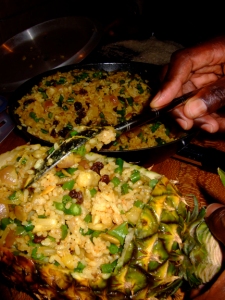Maybe it was the WBEZ interview and being asked engaging questions about my work that has got me thinking or more likely it was this past week’s events, but I’m going to shift the focus of this blog to some work things. It’s a task I’ve meant to complete for over a year now, but Life has often conspired to prevent me from writing critically about Work. Work does that, too; I do work, I don’t write about it.
So I’m going to load some photos of my World Cup Safari and my two weeks in Chicago on Facebook instead. I figure most of my blog’s readership is probably linked to me on FB already. If not, just search for ‘Jefferson Mok’. Now, you might notice there are two of us – that’s okay; I’m the one in Burundi. (I also want to point out that I have reached out to this other “Jefferson Mok” but he hasn’t reciprocated the kindness. I’m distraught.)
First, Heartland Alliance’s approach to humanitarian assistance. I often find describing Heartland’s approach to programming unwieldy because it’s fairly broad. So while an organization like Doctors Without Borders has a clear mandate based around advanced medical care in emergency contexts, it’s more challenging to pin down Heartland’s philosophy. Part of that has to do with Heartland’s origins. Heartland Alliance grew out of the Hull House in Chicago and Jane Addam’s pioneering work to assist recent immigrants and other populations in need with social services. Since 1888, Heartland has firmly established itself in Chicago and around the Midwest to provide quality human services to populations ranging from housing, medical aid, legal services and mental health counseling. It’s hard to exaggerate that legacy – Addams is to social services in the U.S. what Clara Barton was to the Red Cross. However, Heartland’s versatility also inhibits an easy description of Heartland Alliance’s services.
I used to list off Heartland Alliance’s services and the corresponding list of populations that it reaches, but I’ve maxed out my comma-usage quota through the next century (and it played really poorly as a self-introduction at parties). Now I think I can do a bit better. In very short, we provide human rights-based protection services to highly vulnerable populations. A little longer: we provide critical protection and rehabilitation services principally for victims of human rights abuses or to strengthen the human rights context. In a given country, this package of services can vary by project or by region or by need, but the design process still proceeds from a human rights framework, an agile responsiveness to the context and a focus on high quality care. Very often, the most significant need is mental health care such as trauma counseling for women and children victims of conflict or violence. This happens to be an area in which Heartland Alliance is very strong, based on its extensive work with torture survivors in the Midwest. For me, one of Heartland Alliance’s key attributes is its ability to draw from a vast network of highly trained and experienced professionals from the Chicago-area. Lawyers, doctors, psychologists, researchers – it’s a heady roster that supports a panoply of humanitarian aid activities abroad.
Heartland Alliance’s current portfolio in the African Great Lakes region includes a female former child soldier rehabilitation project, an anti-human trafficking project that covers both Burundi and South Kivu Province in eastern Congo, a transit care shelter for victims of sexual violence in South Kivu and operational support for sexual minority associations. It is not by chance that Human Rights Watch has produced reports about Burundi on child soldiers in 2006 and the LGBTI community in 2009.
This evolution is exciting on a personal level after two years out here. As this blog testifies, I literally just showed up in Burundi one June afternoon in 2008 with a bag and a few well chosen words of encouragement. To see an actual Program(me) take shape over that time is more than satisfying. Heartland has only been involved in international development since 2004 but already, I can tell it is a highly effective operation and its ability to respond quickly to needs and gaps in humanitarian services to the most vulnerable populations is impressive. (I say all this not to just toot my own horn, but to acknowledge the work Heartland is doing in countries like Ethiopia, Iraq, Haiti, Sri Lanka and Nigeria, all of which I am still learning about). The rate of expansion is dizzying; thankfully, the organization’s infrastructure is improving at a similar rate.
July 28, 2010. Sange, South Kivu Province, DRC.
This past Thursday presents a good example of how our model works. On July 2, 2010, there was a devastating explosion in the town of Sange in South Kivu. Sange is an important transit point about 30km north of Uvira, where we have our office. A truck carrying petrol crashed and overturned on the side of the main road, next to a bar filled with people watching the World Cup. A massive commotion followed with many children rushing toward the truck that was now belching out petrol from a broken valve. Even soldiers got in on the act and started filling tins with the spilled gas and stashing them in their guardhouse a few yards from the truck. What happened next is not entirely clear. I first heard it was a man flicking a cigarette but more reliably, some of the people in the area said it was the fuse of a motorcyclist kick-starting his engine. What is clear is that in the ensuing explosion, a motorcyclist was launched into the air by a mushroom-flame cloud and never came back down. The final death toll is not yet known but it is well over 300 now.
Heartland Alliance’s mental health staff, led by Molly Firkaly, our Mental Health Program Manager, responded three days later, setting up counseling services for burn victims and community members before any other humanitarian aid organizations had arrived. The need was critical; our mandate was vital in meeting that need and recognizing that it was a disaster for the entire community, not just individuals. Heartland Alliance staff were given a list of 285 victims, whose families our counselors visited at their homes. The other organizations that arrived focused on medical and psychological services to direct victims of the fire but for some reason, this coverage did not extend to family members who had suffered loss. At least in this context, they lacked the flexibility to ensure reaching as many people in need as they could have, so I think we filled an important gap there. The politics and motivations behind the situation’s coordination structure could fill a book – not that I’m writing one. And I won’t write one now.
Last Thursday, I visited Sange for the first time since my return from Chicago. We are a team of three: Molly, our Program Manager, Arisitide, our Project Coordinator and me, the Driver. We are there for some meetings with the local hospital’s doctors and administrators. At Sange we encounter disturbing realities about medical care in eastern Congo. If you read the papers, you might think the only thing doctors do in eastern DRC is treat rape victims. That might be partially true, but only because there is no funding for anything else. So the Sange hospital treating the burn victims has to depend on an international organization to provide a vehicle for an ambulance service because the hospital does not have money for fuel for its one vehicle. The ambulance has to first travel to Sange in order to transfer severe burn victims a few hours away to Bukavu or about an hour away to Uvira (during one of our meetings, we learn that of the 33 who had been transferred, 27 had passed away, including two that morning). Doctors have had to be flown in with tons of their own equipment to perform delicate surgeries.
After our meetings, I took some photos of the truck, which is still there, and the surrounding area, which is kind of still there.
I swear, the next post will be more uplifting. It’s really not my fault.
“IN CASE OF EMERGENCY, CALL +254…”
A couple of policemen survey the wreck. All of the rubber has burnt away from the tires, exposing the metal treads.
The ground is scorched far away from the truck. An enormous amount of fuel had spilled out prior to the explosion.
This small guardhouse was gutted because soldiers allegedly stored spilled petrol from the overturned truck in tins here.
Lime traces mark two spots where two soldiers perished (below). At least four were crammed into this space when the explosion occurred. The odors are awful.
Some children tagged the truck with graffiti. Most are directed at the Congolese Armed Forces (FARDC). “Stop.”







